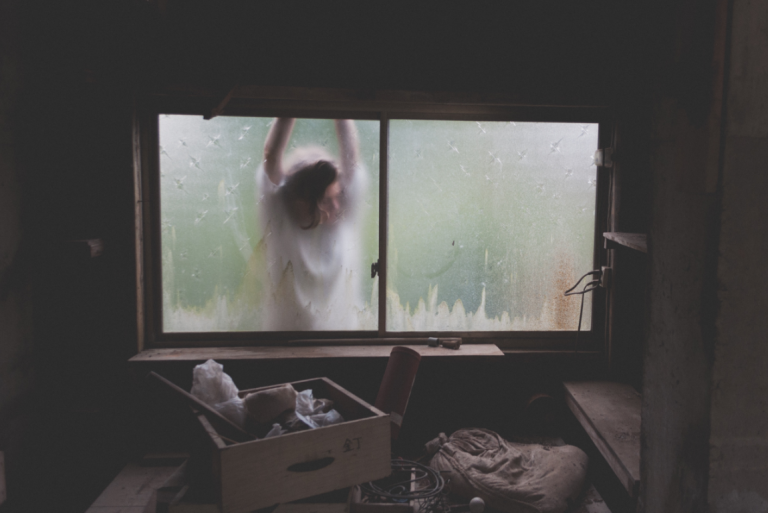Dysthymia: What Makes It Different From Depression

We can all feel down or sad from time to time. These are just times in our lives that are often necessary for us to try and reevaluate or improve our lives, and also to try and overcome unpleasant things that happen to us. But now imagine that this state of mind has been with you continuously for more than two years… It isn’t difficult to see how distressing this can be for someone. The pain of depression is a terrible one, but imagine suffering for such a prolonged period. Well, this is what happens when dysthymia (persistent depressive disorder) rears its ugly head … Keep reading to learn more about it!
“I’m very sad and I feel more miserable than I can say, and I do not know how far I’ve come … I do not know what to do or what to think, but I desperately want to leave this place … I feel such sadness”
-Vincent van Gogh-
What is dysthymia?
Dysthymia is the term used when a person is immersed in a depressive mood for at least two years. Either the sufferer herself or those around her can detect what is happening. But, although they may look similar, dysthymia is not the same as depression.
A person is said to have dysthymia when during the last two years there has not been a period longer than two months in which the person has not had at least two of the following symptoms: loss or increase of appetite, insomnia or hypersomnia, lack of energy or fatigue, low self-esteem, difficulties concentrating or making decisions, or feelings of hopelessness.

As you can see, people with dysthymia may not have as many symptoms and they may not be as intense as those with depression. The problem is in how prolonged the suffering is. People with dysthymia will be virtually continuously immersed in a melancholic mood. In addition, if there is no adequate psychological treatment, it can lead to a major depressive disorder.
“Melancholy is a sadness, a desire without any pain, similar to sadness in the same way that the mist resembles rain.”
-Henry Wadsworth Longfellow-
Apart from the fact that it can cause other more severe symptoms to appear, its sufferers need therapy because dysthymia generates great anguish in the sufferer. As a result of all this, the person has a poorer quality of life, which influences their psychological distress significantly everywhere they go.
What differentiates dysthymia from the pain of depression?
With everything we have said so far, we wouldn’t be surprised if you were asking: Is dysthymia not the same as depression? The answer is no, although it is true that they have some similarities, and this can lead to confusion.
In fact, people with depression also have a depressive mood most of the day and almost every day. This, just like dysthymia, can be detected by other people or by the patient himself. The difference here is that depression lasts at least two weeks, whereas with dysthymia it is two years or more.
“And in this faltering of breath and agony, I carry, full of sorrow, what I can hardly bear. Can’t you hear the drops of my melancholy falling?”
The other common elements would be sleep problems, increase or loss of appetite (although in depression there may be significant variation in weight without following any sort of special diet), fatigue (which in depression is seen more like a loss of persistent energy) and the difficulty to concentrate or make decisions (accompanied by a continuous decrease in the ability to think).
As we can see, in the similarities there are subtleties that are themselves differences. Furthermore, we must mention that in the case of depression, with every day that goes by, there is a marked decrease in interest or pleasure in all or almost all the person’s activities. But there is still more.

There is also a daily and continuous agitation, excessive or inappropriate feelings of uselessness or guilt and recurring thoughts and ideas of death or suicide or attempts and plans to carry them out. We do not see all this in dysthymia. What we do see in both of them is the deterioration and the distress caused to those who suffer from it, which again highlights the need to seek help to get out of the situation these people find themselves in.
Images courtesy of Xavier Sotomayor, Priscilla du Preez and Patryck Sobczak
This text is provided for informational purposes only and does not replace consultation with a professional. If in doubt, consult your specialist.








